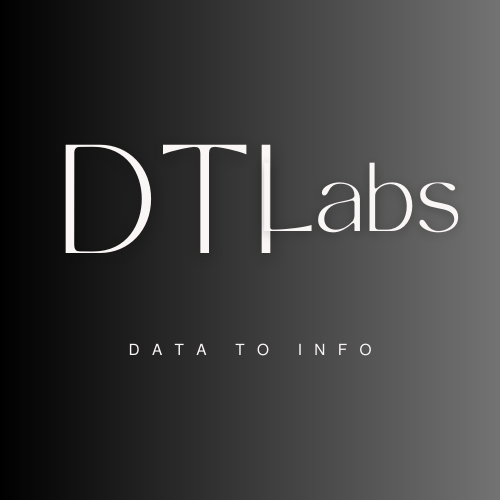In the context of pandas, data encoding refers to transforming categorical or textual data into numerical representation for analysis or machine learning tasks. Pandas provides several methods and functions to perform data encoding operations.
What is Data Encoding
Data encoding refers to the process of converting data from one representation to another, typically to facilitate data storage, transmission, or processing. It involves transforming data from its original format into a format that can be easily understood, processed, or used by computer systems or algorithms.
Data encoding is essential in various domains, including data storage, communication protocols, and machine learning. It ensures that data is properly structured, compressed, and represented to maximize efficiency and compatibility across different systems.
There are different types of data encoding techniques, each suited for specific purposes like, Character Encoding, Numeric Encoding, Compression Encoding, Image and Video Encoding, and Machine Learning Encoding.
- Label Encoding:
Label encoding assigns a unique numeric label to each category in a categorical variable. The LabelEncoder class from the sklearn.preprocessing module can be used for label encoding in pandas.
import pandas as pd
from sklearn.preprocessing import LabelEncoder
# Create a DataFrame with a categorical variable
data = {'Category': ['A', 'B', 'C', 'A', 'B']}
df = pd.DataFrame(data)
# Initialize LabelEncoder
label_encoder = LabelEncoder()
# Apply label encoding to the 'Category' column
df['Category_Encoded'] = label_encoder.fit_transform(df['Category'])
print(df)
Category Category_Encoded
0 A 0
1 B 1
2 C 2
3 A 0
4 B 1
In this example, the ‘Category’ column in the DataFrame is label encoded using the LabelEncoder. The encoded values are added as a new column ‘Category_Encoded’.
- One-Hot Encoding:
One-hot encoding creates binary columns for each category in a categorical variable. Each column represents a category, and a value of 1 indicates the presence of that category, while 0 represents the absence. The get_dummies() function in pandas can be used for one-hot encoding.
import pandas as pd
# Create a DataFrame with a categorical variable
data = {'Category': ['A', 'B', 'C', 'A', 'B']}
df = pd.DataFrame(data)
# Apply one-hot encoding to the 'Category' column
df_encoded = pd.get_dummies(df['Category'], prefix='Category')
# Concatenate the encoded DataFrame with the original DataFrame
df = pd.concat([df, df_encoded], axis=1)
print(df)
Category Category_A Category_B Category_C
0 A 1 0 0
1 B 0 1 0
2 C 0 0 1
3 A 1 0 0
4 B 0 1 0In this example, the ‘Category’ column is one-hot encoded using the get_dummies() function. The encoded columns are concatenated with the original DataFrame.
These are just a few examples of data encoding techniques using pandas. Depending on the specific requirements and nature of the data, other encoding techniques such as feature hashing, binary encoding, or ordinal encoding may also be applicable. pandas provides flexibility and ease of use for encoding operations, allowing you to preprocess and transform data efficiently before further analysis or modeling.
Conclusion
Data encoding is a fundamental process in data analysis and machine learning that involves converting data from one representation to another. It is necessary to facilitate data storage, transmission, and processing across different systems and algorithms.
Data encoding techniques vary depending on the type of data and the specific requirements of the task at hand. Common encoding techniques include character encoding, numeric encoding, compression encoding, image and video encoding, and machine learning encoding. Each technique serves a specific purpose, such as representing characters, compressing data, or transforming categorical data into numerical form for analysis or modeling.
In the context of pandas, data encoding involves transforming categorical or textual data into a numerical representation. Techniques like label encoding and one-hot encoding are commonly used. Label encoding assigns numeric labels to categories, while one-hot encoding creates binary columns to represent the presence or absence of each category.

